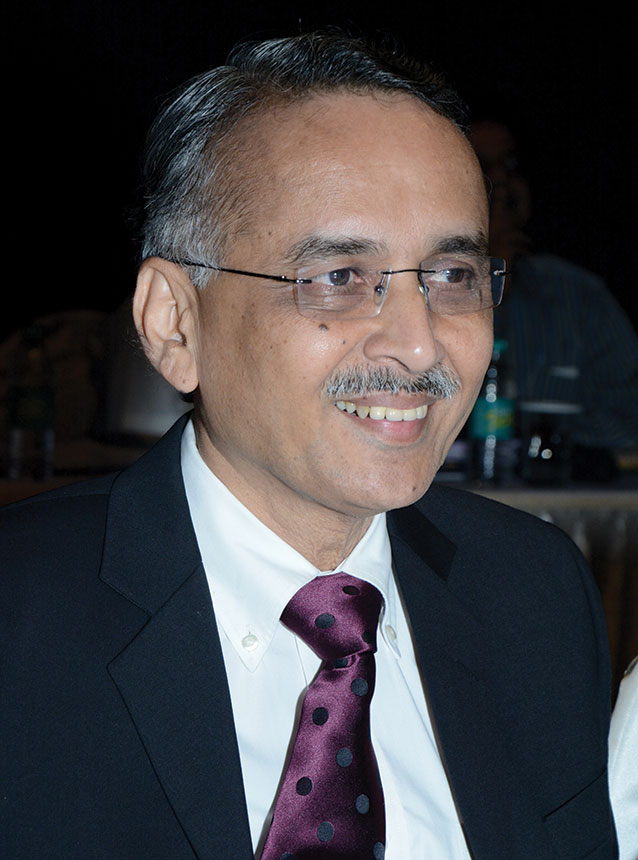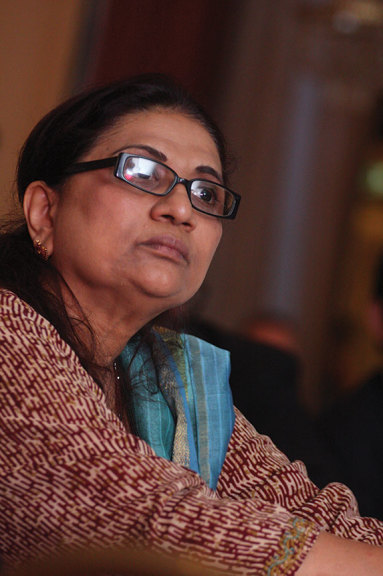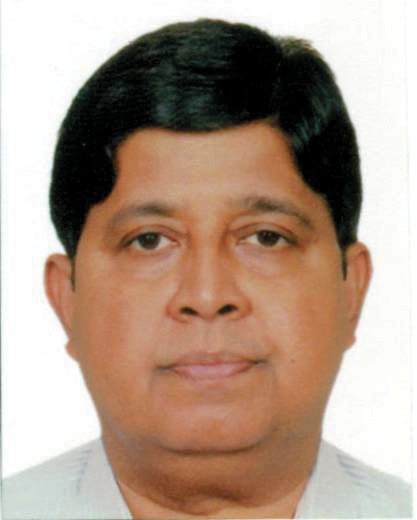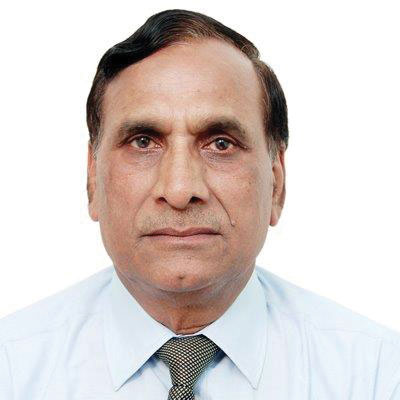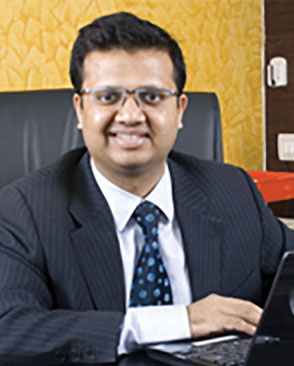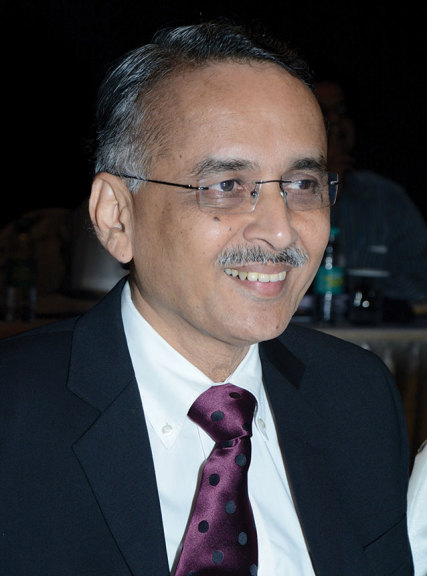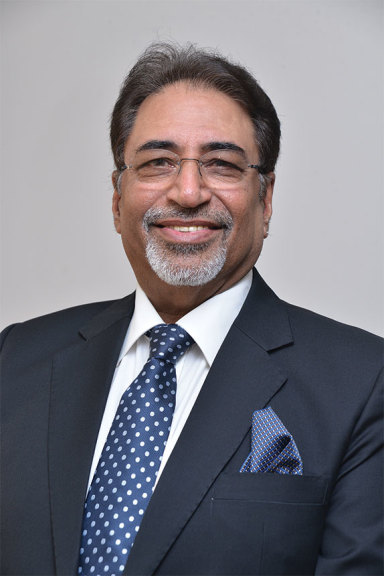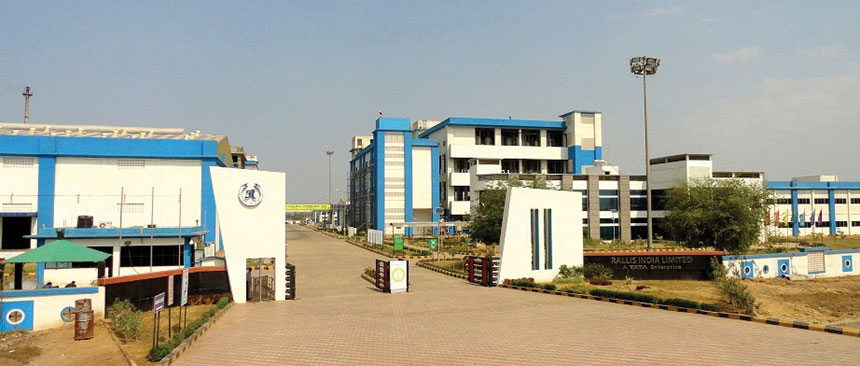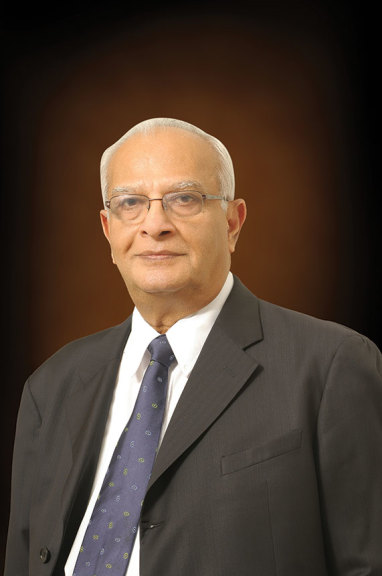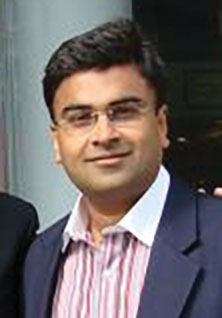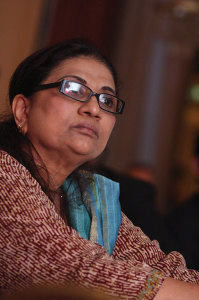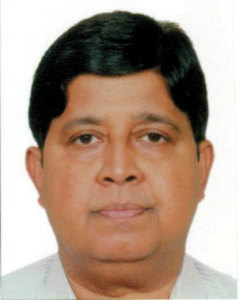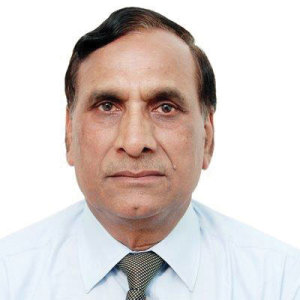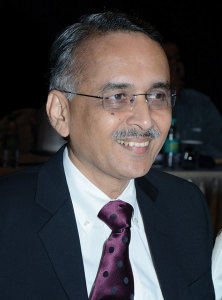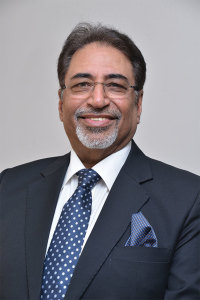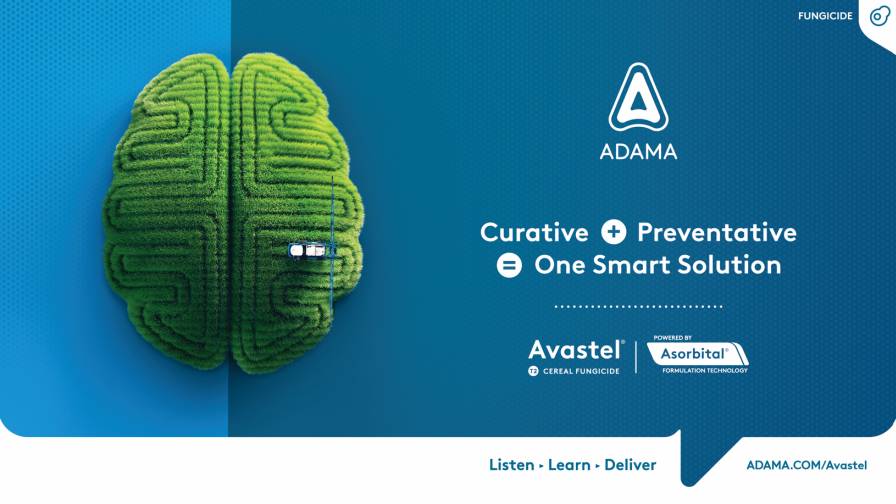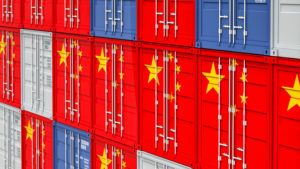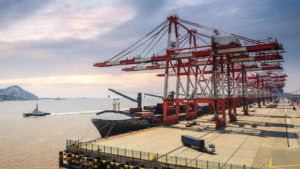EXCLUSIVE: India and The Big Shift: Part 3
Editor’s Note: This is the final part in the “India and The Big Shift” series; see part 1 and part 2. Watch for the full report in the October issue of Farm Chemicals International magazine.

Atul Churiwal, Managing Director, Krishi Rasayan
How has India’s crop protection market evolved and what role do you see your company playing?
The Indian crop production industry is growing at a very fast pace, and we expect the momentum to be maintained in the next three to four years until it reaches $4 billion. Our company is looking for 20% growth and our target is to reach Rs. 2,000 crores ($328 million) by March 2017.
What can we expect to see from Krishi Rasayan in the coming months?
Our focus is to increase the sale of our branded products in the retail market so that we can maximize our reach to farmers. We plan to double our dealer strength and are looking to make a brand sale of Rs. 1,500 crores ($246 million) in the next three years. We are working on many new molecules, in addition to registrations in various export markets like Brazil, Argentina, South Africa, etc., and hope we should touch Rs. 200 crore in exports by March 2016.
How much do you plan to expand your manufacturing capacity?
We have just set up a large formulation plant in Gujarat, which has doubled our formulation capacity. We are continuingly increasing capacity in all other existing facilities and now have one of the largest capacities in India.
Will sourcing continue to shift to India from China?
China is witnessing a gradual shift from manufacturing of mass generic products to special molecules, and capacity is under constraint because of the pollution problem. Companies that can place orders in advance and block the capacities will be gaining in the long run as production is growing limited there. Though some capacity will be shifting to India, we still expect that China will be the largest manufacturer and continue to feed the global market.
What are your views on opportunities on the domestic front?
The Indian domestic market is growing at a very fast pace. As we have a very extensive network, we hope we can take advantage and consolidate our brand to cover the maximum farmer community possible.
And what about the challenges your company is facing right now?
In the market, lots of unregistered products are sold as “bio products,” which are a big hindrance and creating unhealthy competition in the market. Secondly, the licensing norms for registration of products for technical manufacturing vis-à-vis import source registration are heavily favoring indigenous manufacturers. For companies like us, it is a great challenge as we are more focused on imported technical.
———————————————————————————————————
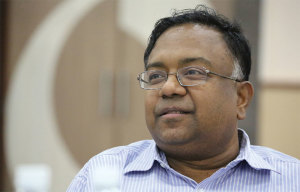
K.R. Venkatadri, Chief Operating Officer, Rallis
Please discuss what we can expect to see from Rallis in the coming months.
Rallis has recently launched three new products – namely Duton, a herbicide; Origin, an in-house-developed combination product; and Hunk, an insecticide. All these products are primarily for paddy crops catering to various pest segments, and they have been well-received by the farmer community. There are a few more in the pipeline that will be introduced soon. Also, from our stable of seeds and plant growth nutrients (PGNs), a few new products are showing promising growth, including our organic compost product GeoGreen. Our current focus will be to nurture and scale up the newly launched products.
Can you shed some light on the performance of the International Business Division and your growth aspirations?
Our international business contributes to about one-third of our revenues and is performing very well. In the past year, there were a few brand launches in select countries, and the response we received is quite encouraging. We are expecting key registrations in important geographies over the next three to five years, which will help us to scale up overseas operations.
How does Rallis see contract manufacturing opportunities and what are your growth plans?
Considering the costs and manufacturing capabilities in India, global corporations today are closely evaluating India as a hub for outsourcing intermediates and AIs. Even if India gets a 10% share, the growth opportunity in front of us is huge. It is up to Indian companies to invest in infrastructure, technology and relationship development to gain the full benefit of this opportunity. However, we are selective with the kind of chemistry we want to work with considering the sustainability factor. It is a beginning of long-term relationship with new alliances, and things are positive at the moment. The conditions are buoyant and we are prepared for it.
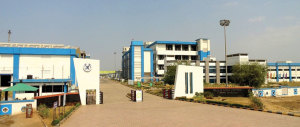
Rallis plant in Dahej
Can you comment on your plans to expand capacity?
Rallis inaugurated the Dahej facility in 2010 and since then we have been constantly investing in this unit. Dahej today has a state-of-the-art pilot to scale up the processes, which is the backbone of commercialization. We will be focusing on our contract manufacturing opportunities from the new investments done at Dahej. I cannot comment on the kind of AI or intermediates, but we can say it is a healthy mix of patent and non-patent products.
Any further developments that you’d like to highlight?
Our subsidiary Metahelix Life Sciences has started yielding results, reaching $29 million in revenue in three years – one of the highest growth rates among seed companies in the country. At the same time, our other subsidiary, ZWAOL, has recorded a four-fold growth in sales volumes, as its high-quality organic compost “GeoGreen” gained market acceptance. Also, PGNs like Ralligold and Glucobeta have become well-known brands in the segment. New growth segments, such as Samruddh Krishi (SK), MoPu (Grow More Pulses) and the sprayer business have taken further roots and integrated very well into our main crop protection business.
Can you elaborate on your NPP portfolio?
Our non-pesticide portfolio is well on track to achieve the 60:40 ratio of crop protection and non-crop protection breakup. It is at around 31% now.
What industry developments have been most beneficial to your business?
Rallis exited the sales of red triangle [toxic] products even before the government banned them, which gave us an edge to focus on greener chemistries. Today, we are proud to serve farmer community with healthier and greener chemistries.
Farmers today are increasingly knowledgeable about technology, which has helped Rallis to reach and serve them. We provide weather information, crop-pest information and best agronomy practices to our SK farmers through mobile handsets. The increasing awareness is also leading to more usage of new crop protection molecules and has helped Rallis to create brands. The whole of the agri-value chain is undergoing a change, and we are poised to provide a basket of solutions ranging from crop solutions, organic manure, seeds, PGNs, agri-services and farm machinery.
———————————————————————————————————
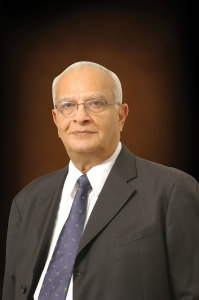
Rajnikant D. Shroff, Chairman and Managing Director, UPL
How has India’s crop protection market evolved and what role do
you see your company playing?
In India, year by year there is growth in agricultural production. Last year’s food grain production was highest in the history at 263 million tons. Wherever industries have taken up training and education of farmers, pesticide consumption has gone up and yields have increased, in some cases more than 100%. In India we have good scientific talents and we are not only increasing production but increasing exports all over the world.
What can we expect from UPL in the coming months?
Last year UPL had growth of 17%. But with new products under development in which trials and registrations are in process, we expect much faster growth of around 20% growth each year for the next two to three years.
What are your plans for expansion, also in terms of new products?
We have one of the most advanced research and toxicological laboratories and are generating data for registration for several products for Europe, USA, Latin America and other countries.
We have six pesticide and intermediate manufacturing plants in India. We also have plants manufacturing technical pesticides in France, Holland and the UK, as well as contract manufacturing in USA and plants in Colombia, Brazil, Argentina and Vietnam, in addition to a joint venture plant in China. We spend around Rs. 3,000 million annually toward expansion of manufacturing facilities.
How is the Chinese supply situation affecting UPL?
We have plants in China and a trading office in China, and some of our products we even export from India to China. So for a company like us, Chinese competition does not affect very much.
Yet China is unpredictable. Sometimes there are shortages. In some products where we were dependent on China, prices went up 400%. Lately China is more stabilized, but supply is still erratic and prices are going up. In some of the products like glyphosate, China remains the world leader. We see a bright future for the Indian pesticides industry. With the new government coming, most of the hurdles of the pesticides industry will reduce and we hope that Indian products will get a big boost.
Can you discuss your outlook for the domestic market?
Indian agriculture can prosper very much. But other than Gujarat, farmers are not getting regular power and water. Infrastructure and roads are also not there. Wherever these facilities have reached, agriculture has prospered and with the new government everyone is very optimistic. The new power policy will allow farmers to get electricity. Even irrigation schemes that are progressing well will get a boost and ultimately, this will lead to more crop protection and more fertilizer use.
What is the biggest challenge UPL faces right now and how are you addressing it?
The future for UPL is very bright. However, we are not able to grow as fast as we want as demand is growing even faster. At present we do not have any major challenges except some natural calamities like drought, floods and cyclones that affect our market and our profits. We are doing everything possible to mitigate the risk as some countries can have economic crises.
———————————————————————————————————
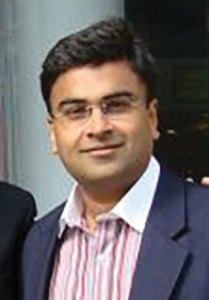
Parikshit Mundra, Managing Director, Willowood India
How has India’s crop protection market evolved and what role do you see your company playing?
India’s crop protection market has been evolving radically and has become one of the fastest-growing markets in the world with increased usage of herbicides due to ever-increasing labor costs. Farmers have slowly started becoming more progressive. We were among the first companies to have registered Chinese products in India back in the ’90s with our registration of acetamiprid, and we have been seeing the whole market evolve since then. Willowood India, in its seven years of existence, is close to a Rs. 700-crore ($115 million) entity with various business verticals which include our own growing brand business, along with our B2B business and also our jobworking and tolling business where we work for various multinationals like DuPont. We expect our growth momentum to continue for at least the next three years and hope to be a Rs. 1,000-crore ($164 million) entity soon.
What can we expect from Willowood in the coming months?
Having a global presence is a big benefit for us in helping us identify products or combinations which are successfully being implemented globally. Going forward you will be seeing many new products from our stable and also various interesting combinations, which we expect to be not only be cost-effective but also much more effective in pest control. Our growth regulator, called Brand, is already being very well-received in the country, and we have now also started shipping it to the African markets.
What about new registrations and your export business?
We have received many new registrations this year including fenoxaprop, oxyfluorfen and imazethapyr, and going forward we expect to keep adding new products to our stable. We have started producing many products from India for our U.S. and African markets, which we were previously sourcing from China. We expect this part of our business to continue growing. Exports, which were only Rs. 15 crores ($2.5 million) until last year, will continue to grow at a much faster pace for us as we slowly and steadily continue to develop India as our alternate manufacturing base.
Can you comment on your expansion plans?
We already have two world-class facilities at Vadodara in Gujarat state for our formulation business which can manufacture almost all types of new formulations, such as ME, DF, CS, WS and FS. While we had taken over an existing unit as our first manufacturing base, the second one was a greenfield project that was commissioned last year, keeping in mind the stringent environmental protection norms as per global standards.
We have plans to enter AI manufacturing in the near future. We are also setting up our own R&D center/GLP lab covering the activities of formulation development, synthesis of new isomers, field trials and residue analysis, physico-chemical studies including 5-batch studies and toxicological studies. This facility will not only help us identify newer combinations and products for the Indian market but will also act as a catalyst to our global growth in the times to come. The facility has been developed on a vast area of 14 acres and we expect to commission it by January 2015.
How is the Chinese supply situation affecting your business?
The Chinese supply situation is always a jigsaw. We have seen though that companies like ours tend to perform better in times of shortages than when the supply situation is normal. We expect the situation to remain erratic with ever-changing factory relocations and stricter environmental and labor laws there. It is an area of concern because India is still dependent on most of the intermediates from China for technical product or AIs, which we are producing locally. Hence even if there are any changes there not only for AIs but also for the intermediates, it affects not only the import of AIs from China but also ends up affecting our domestic AI production.
I feel the domestic manufacturers must take note and do something to reduce dependence on China – be it for raw materials or intermediates. Our global customers are very keen that we ship most of our products from India because they feel much more assured about the quality, final packaging and the appearance of the product compared to China, and because of cheaper labor, it works out much more competitive to source the same from here.
What opportunities are you seeing in the domestic market?
I liked one observation which said, “Back in the ’70s, drought meant famines in death, but in the 2000s, drought implies food inflation.” This is the story of the changing India. The lower-income group – because of various schemes like NREGA and also the minimum wage act and better job opportunities – have more income and hence are consuming more than what they used to. With the new government focus on better irrigation and increased food production, the sectors related to agriculture – be it seeds, agrochemicals, irrigation or fertilizers – should see exciting times ahead.
What are the biggest challenges your company is facing right now?
The single biggest challenge would be getting and retaining proper manpower. As is evident whenever any sector is doing reasonably better than others, you tend to have a shortage of quality manpower in various divisions of that sector whether related to production, your sales team, the quality control division at your factory or on your regulatory team.

